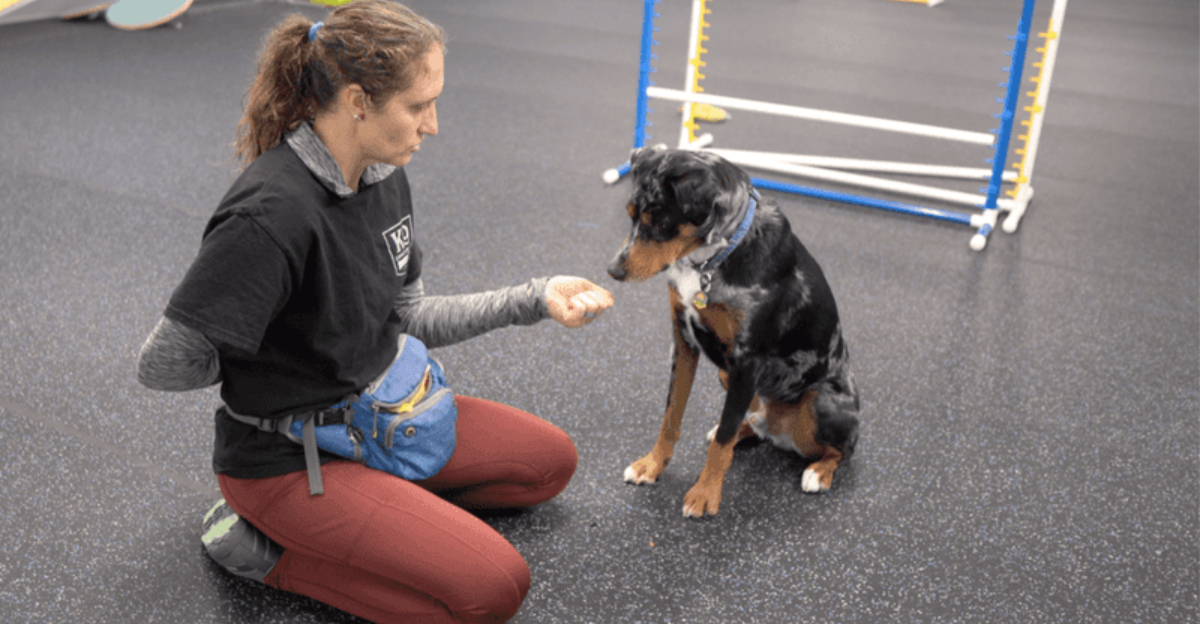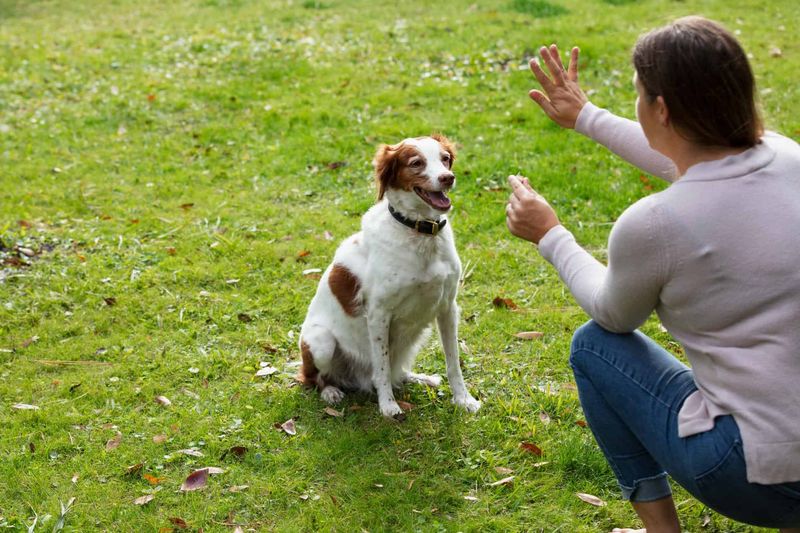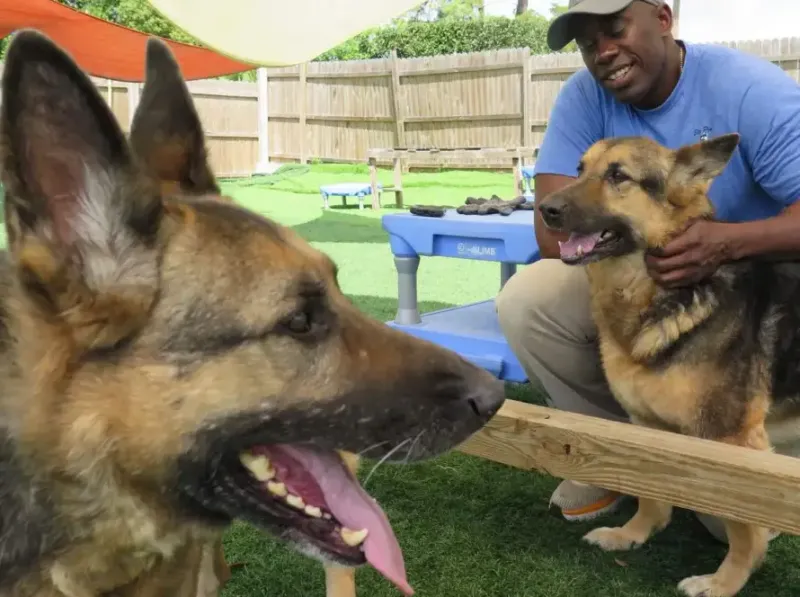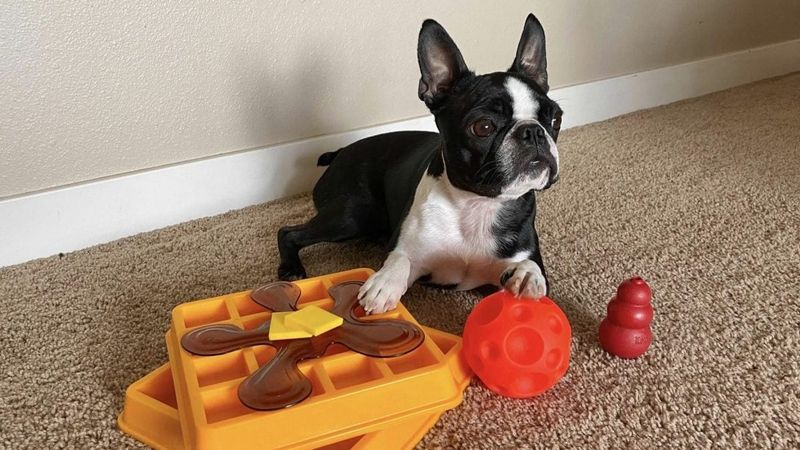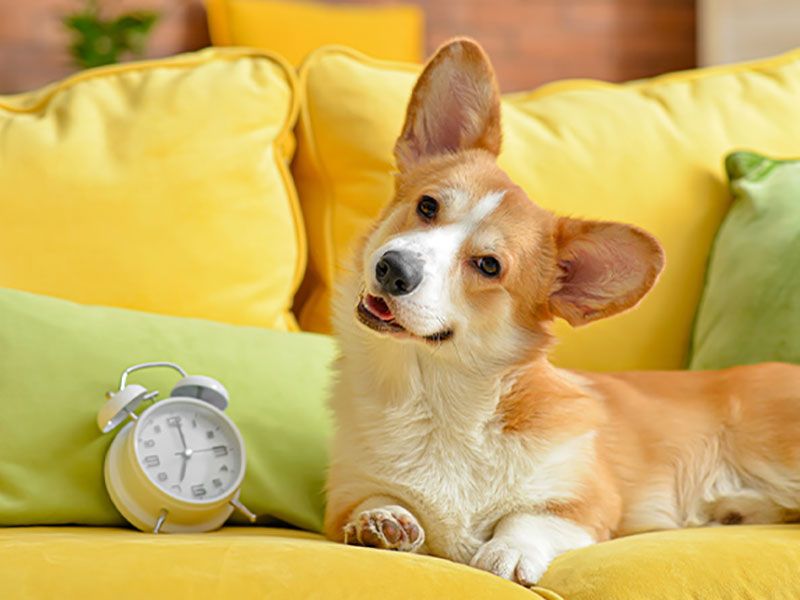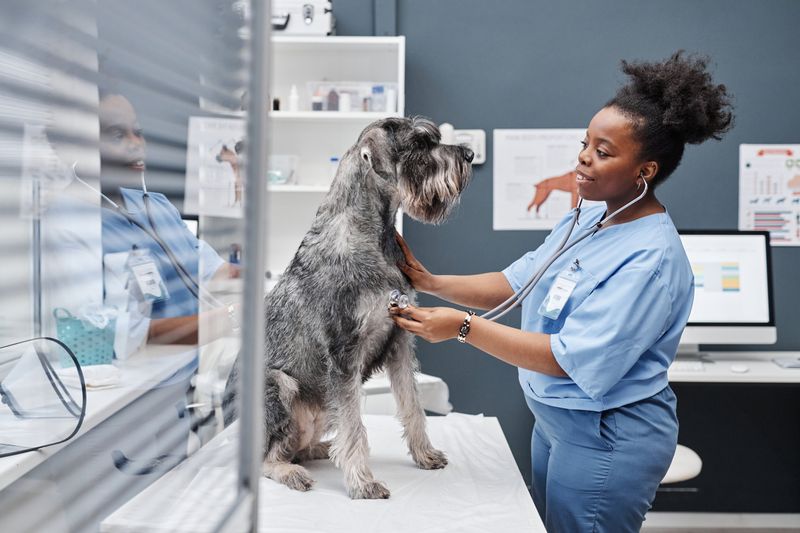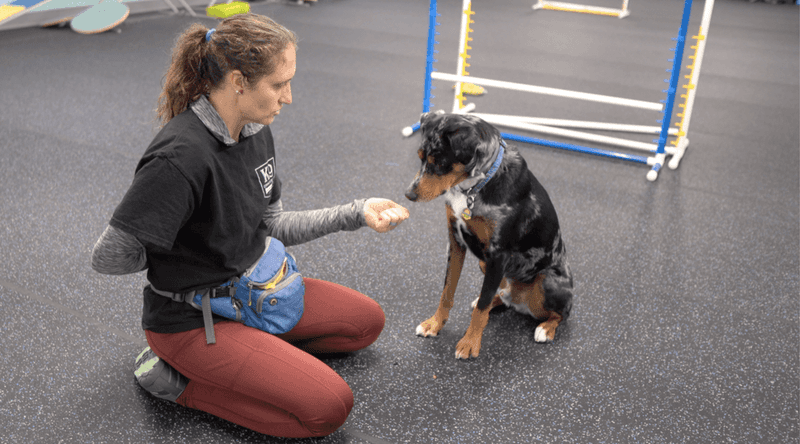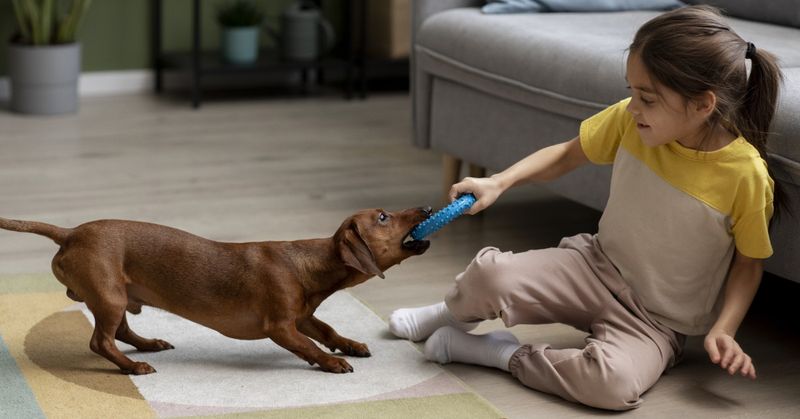Dog-to-dog aggression is a common concern among pet owners. It can lead to stressful situations not only for dogs but also for their handlers. Fortunately, with the right training techniques, aggression can be managed and even prevented. This post explores 13 proven tips to help you nurture a peaceful relationship between your canine companions. Whether you’re a new dog owner or have a pack at home, these strategies can help maintain harmony in your household.
Positive Reinforcement Training
Rewarding good behavior can transform a dog’s outlook. Using treats, praise, or toys encourages positive associations, reducing aggression. This technique involves rewarding a dog every time it displays calmness around others. Soon, the dog learns that being gentle brings rewards. This method is effective because dogs naturally seek positive experiences. It builds trust and strengthens the bond between the handler and the dog. With patience, this approach can diminish aggressive tendencies and foster a peaceful demeanor. Positive reinforcement can be a game-changer in managing canine behavior.
Socialization from an Early Age
Early socialization lays the foundation for a well-adjusted dog. Introducing puppies to different environments, people, and other dogs helps them become adaptable. It minimizes fear and anxiety, common triggers for aggression. During these interactions, puppies learn vital social cues. A well-socialized dog is typically more confident and less likely to react aggressively. This process should be gradual, ensuring positive experiences throughout. By exposing puppies to the world early on, they grow into balanced adults. Socialization is a pivotal step in preventing dog-to-dog aggression.
Consistent Obedience Commands
Consistency in commands is crucial to avoid confusion. Dogs thrive on routine and clear expectations. Commands like ‘sit,’ ‘stay,’ or ‘leave it’ can redirect attention during potential conflicts. Repeating these commands consistently teaches dogs self-control. The clarity of these commands helps dogs understand their roles and expected behaviors. It reduces uncertainty, a common cause of aggression. Moreover, it empowers owners to manage challenging situations effectively. Consistent obedience commands serve as a cornerstone in training, ensuring dogs remain calm and responsive.
Understanding Canine Body Language
Reading a dog’s body language can prevent conflicts. Dogs communicate through postures, tail movements, and vocalizations. Recognizing signs of discomfort or aggression enables timely intervention. Understanding these cues builds empathy and strengthens the human-animal bond. It’s a skill that can be honed with practice and observation. By being attuned to these signals, handlers can defuse potential aggression before it escalates. This understanding is vital for ensuring safe, harmonious interactions. Mastering canine body language is an invaluable tool in preventing dog-to-dog aggression.
Controlled Exposure to New Environments
Exposing dogs to new environments gradually can boost their confidence. Start with quiet areas before moving to busier locations. This helps dogs acclimate without feeling overwhelmed. Controlled exposure minimizes stress and builds resilience. Dogs learn to navigate different settings with ease, reducing fear-based reactions. This gradual approach ensures that each experience is positive, reinforcing calm behavior. Over time, dogs become more adaptable and less likely to display aggression. Controlled exposure is essential for fostering a confident, well-adjusted dog.
Leash Training and Control
Proper leash training is essential for controlled interactions. A well-trained dog understands leash cues and responds predictably. This control is crucial when encountering other dogs. It prevents pulling and aggressive lunges, maintaining peace during walks. Leash training instills discipline and enhances safety. It empowers owners to manage their dogs confidently in various settings. With consistent practice, dogs associate leash time with calm behavior. This training is a cornerstone of responsible dog ownership, ensuring enjoyable, conflict-free outings.
Utilizing Professional Trainers
Professional trainers offer tailored solutions for aggression issues. Their expertise can pinpoint underlying causes and devise effective strategies. Working with a trainer provides guidance and support, enhancing training outcomes. They can introduce innovative techniques that owners might overlook. A professional’s perspective can be invaluable, especially for stubborn cases. With their help, aggressive behavior can be transformed through structured programs. Engaging with a professional boosts confidence in handling challenging situations. It’s a worthwhile investment in nurturing a harmonious canine relationship.
Providing Mental Stimulation
Mental stimulation keeps dogs engaged and reduces boredom. Boredom is a common cause of behavioral issues, including aggression. Providing puzzle toys, games, and challenges diverts energy positively. It satisfies a dog’s mental curiosity and keeps them occupied. Engaging the mind is as important as physical exercise in canine care. Mental challenges foster problem-solving skills and focus. This reduces the likelihood of aggressive outbursts. A mentally stimulated dog is typically more content and less reactive. Prioritizing mental stimulation contributes to overall well-being.
Establishing a Routine
A consistent routine offers security and predictability. Dogs thrive on knowing what to expect, reducing anxiety. A structured day minimizes stress, a key aggression trigger. Regular feeding, walking, and playtimes reinforce stability. This structure helps dogs navigate their environment confidently. It fosters trust in their handlers and surroundings. By maintaining a routine, dogs become more relaxed and less prone to aggression. Predictability is comforting, creating a harmonious living environment. Establishing a routine is a simple yet effective strategy for managing behavior.
Addressing Health Concerns
Health issues can influence behavior, leading to aggression. Pain or discomfort often trigger defensive reactions. Regular vet check-ups ensure that health problems are addressed promptly. A healthy dog is typically more balanced and less reactive. Understanding the link between health and behavior is crucial. By ensuring physical well-being, aggressive tendencies can be minimized. Veterinary guidance provides insight into any potential underlying issues. Addressing health concerns is a proactive step in managing aggression. It’s vital for maintaining a happy, well-adjusted pet.
Rewarding Calm Behavior
Calm behavior deserves recognition. By rewarding a dog for staying composed, you reinforce positivity. This can be as simple as a treat or praise. Recognizing calmness encourages a dog to repeat this behavior. Over time, it becomes a natural response. Positive reinforcement is key in shaping a dog’s demeanor. It builds confidence and trust in the handler. This approach promotes a peaceful environment, reducing aggressive incidents. Consistency in rewarding calmness is essential. It ensures that dogs associate tranquility with positive outcomes.
Avoiding Triggers and Stressors
Identifying and avoiding triggers can prevent aggressive episodes. Common triggers include loud noises, unfamiliar dogs, or sudden movements. By creating a calm environment, dogs feel secure. This minimizes stress and reduces the likelihood of aggression. Avoidance isn’t about sheltering but ensuring positive experiences. Awareness of a dog’s comfort zones is crucial. Adjusting environments to suit a dog’s needs fosters well-being. Gradually introducing potential triggers can build resilience. Avoiding stressors is a thoughtful approach to nurturing peaceful interactions.
Engaging in Play and Exercise
Play and exercise are fundamental in managing energy levels. A well-exercised dog is often more content and less prone to aggression. Activities like fetch, tug-of-war, or agility training engage both body and mind. These interactions build trust and strengthen the bond between dog and owner. Regular playtime reduces boredom, a common cause of behavioral issues. By channeling energy positively, dogs learn to be calm and balanced. Engaging in active play promotes physical health and emotional well-being. It’s a joyful way to prevent aggression and ensure happiness.
